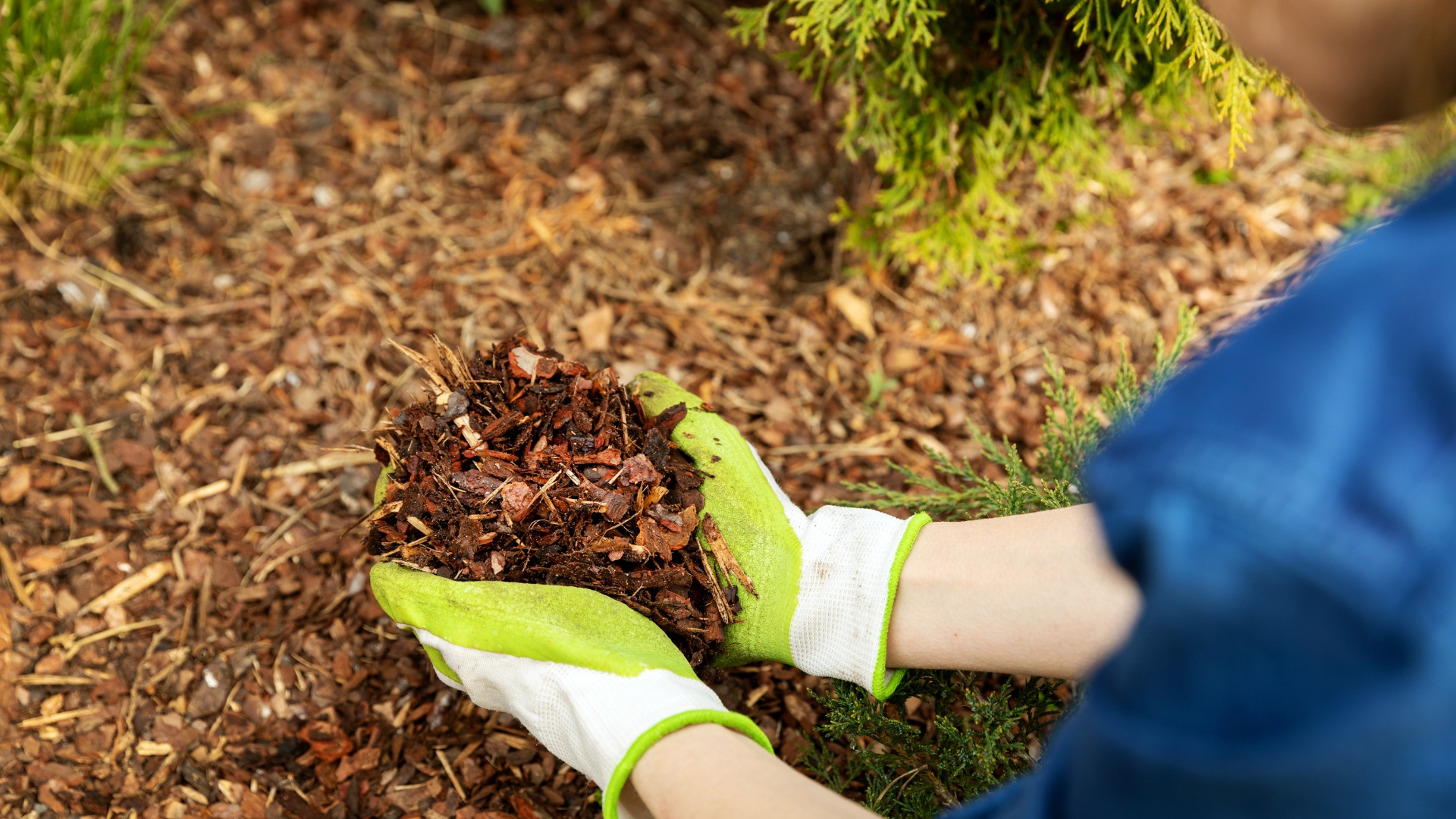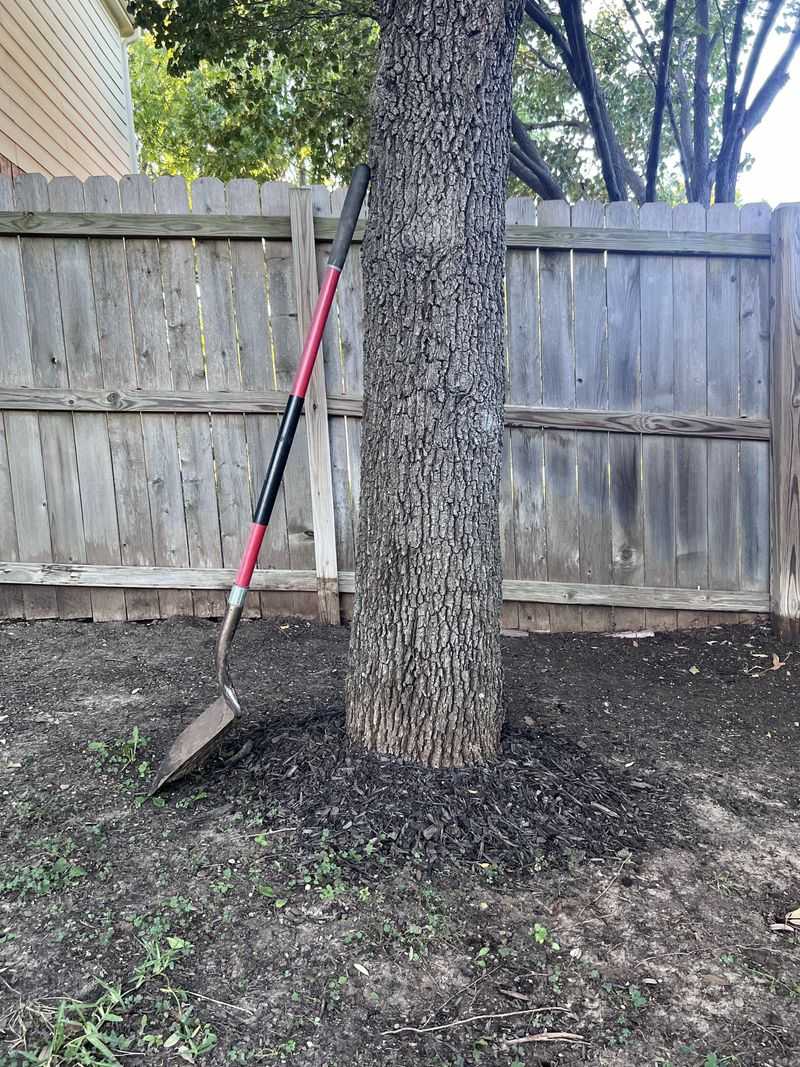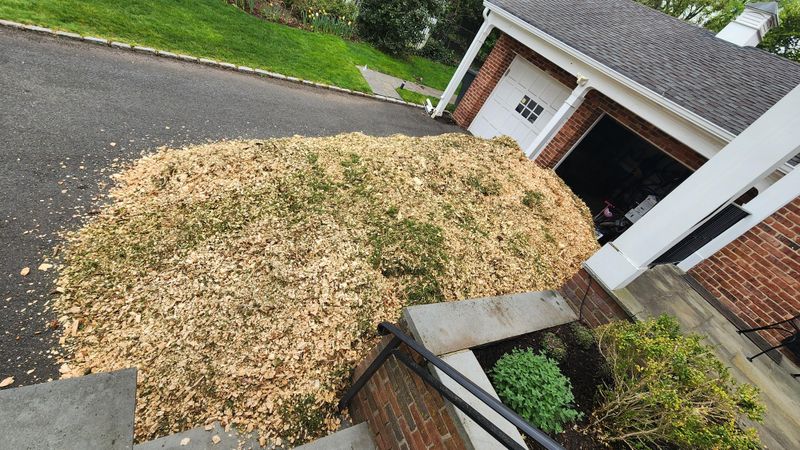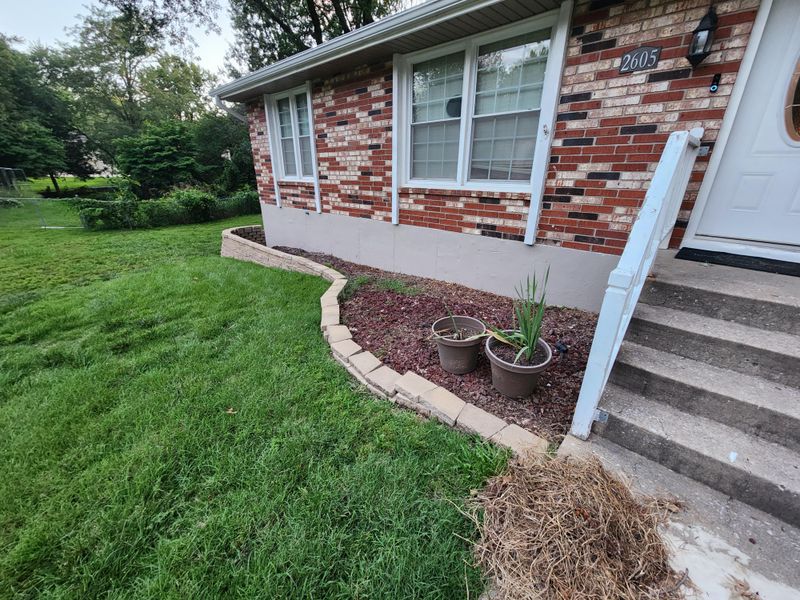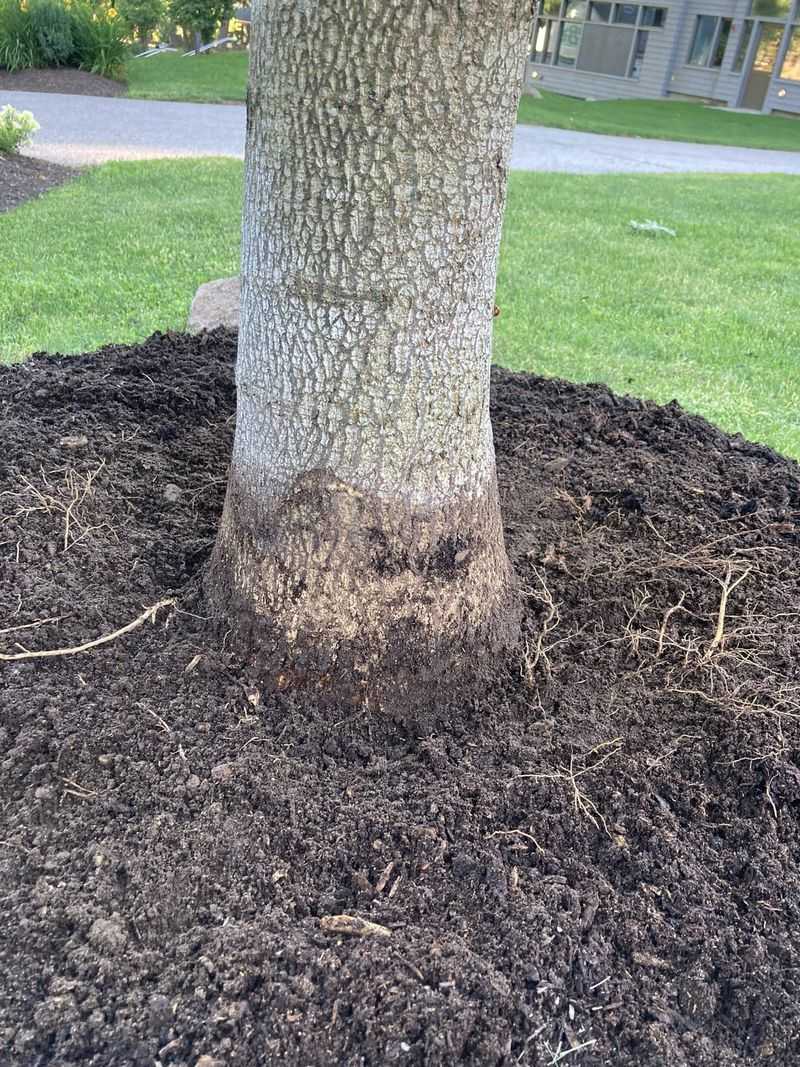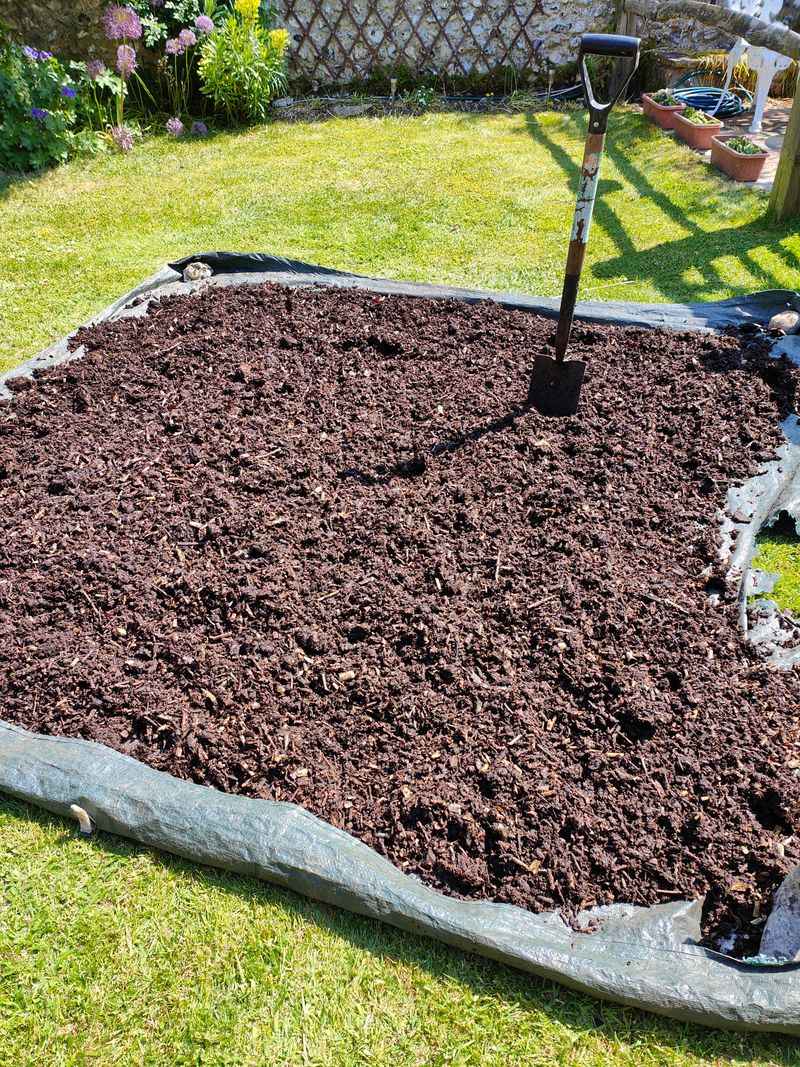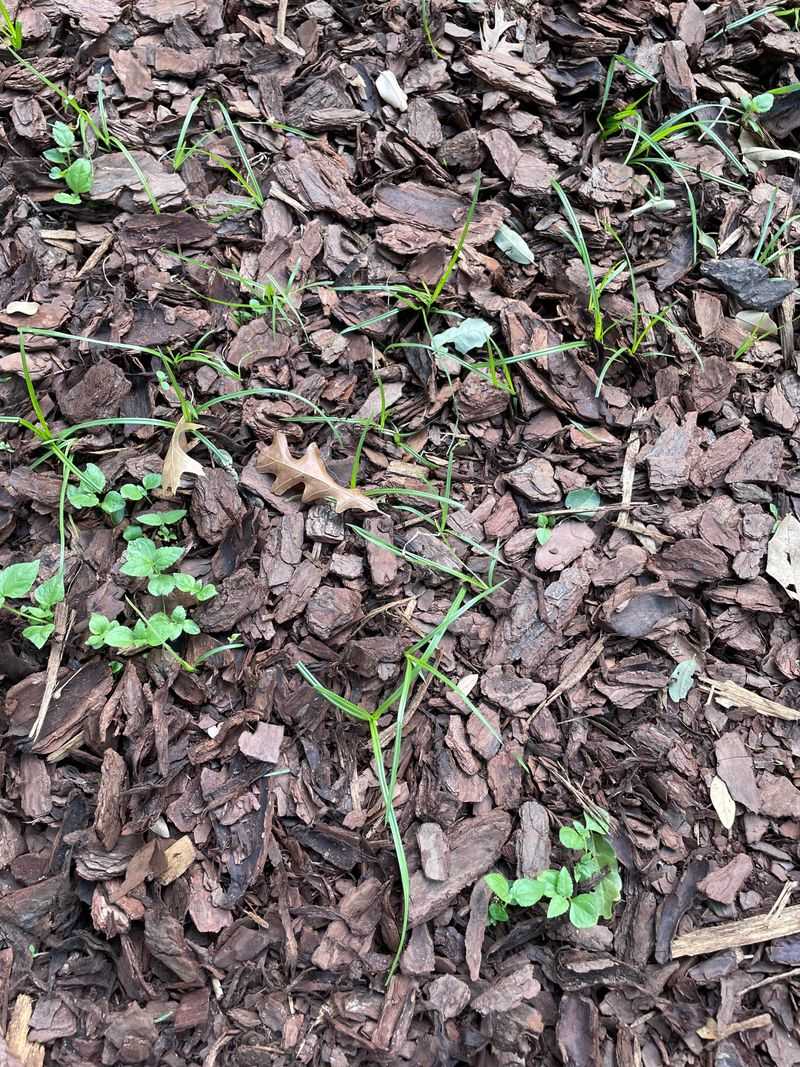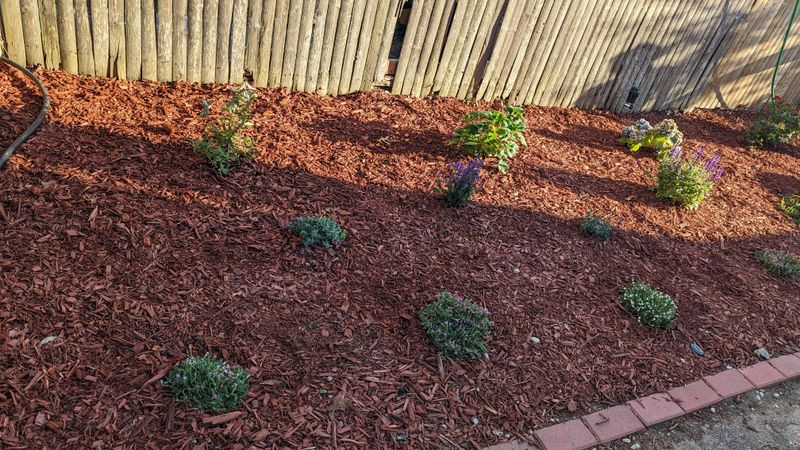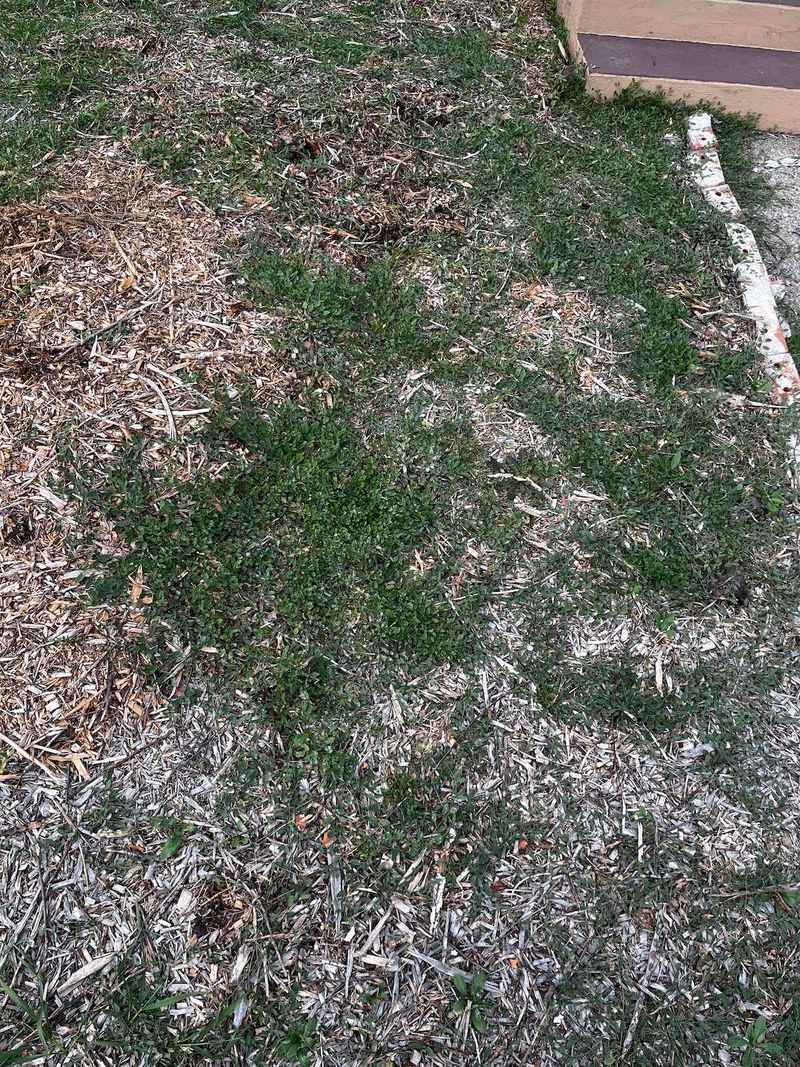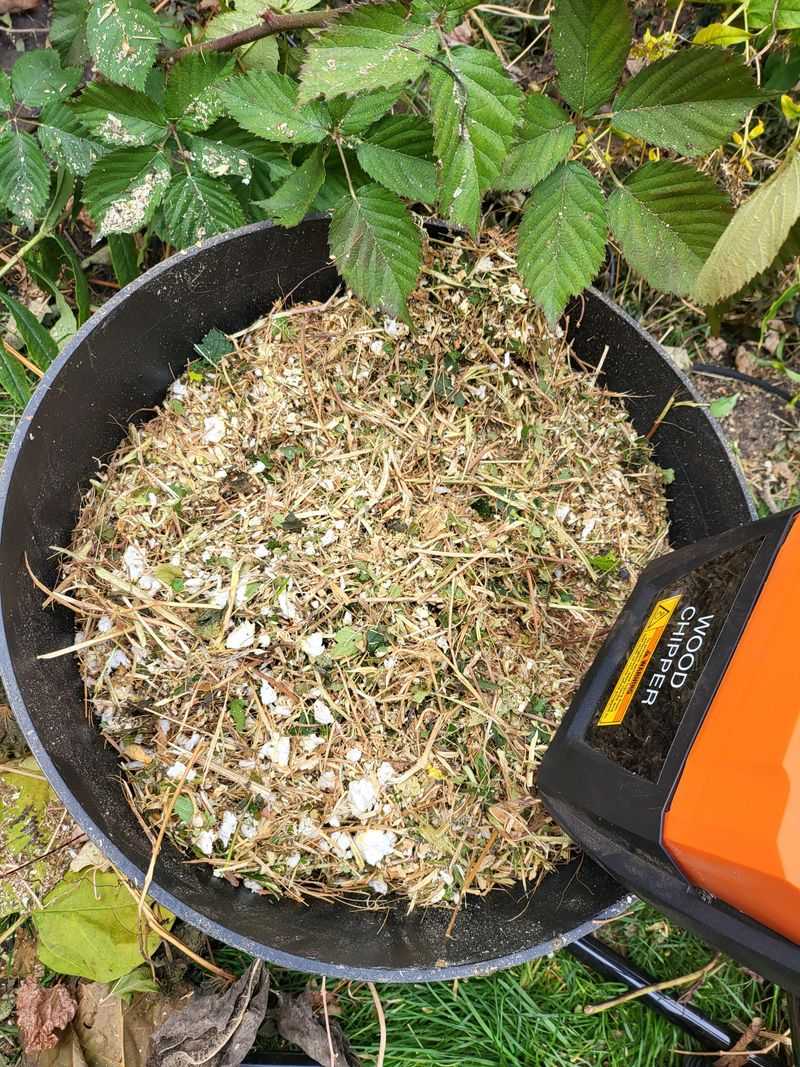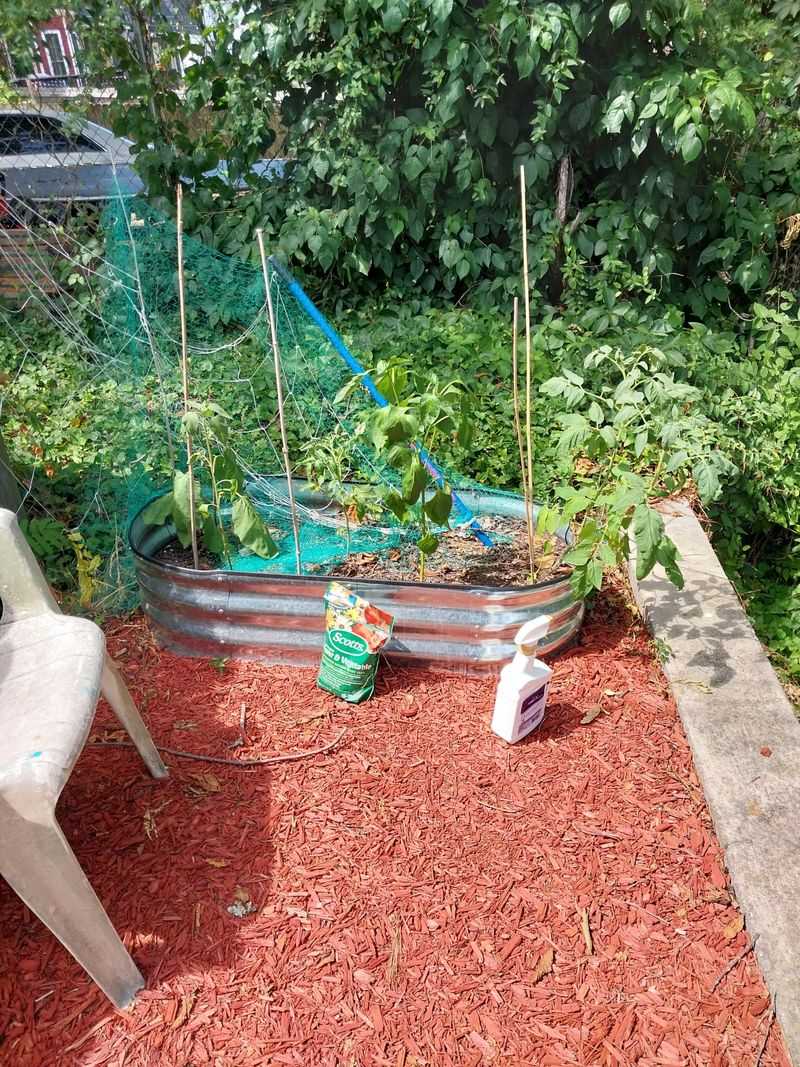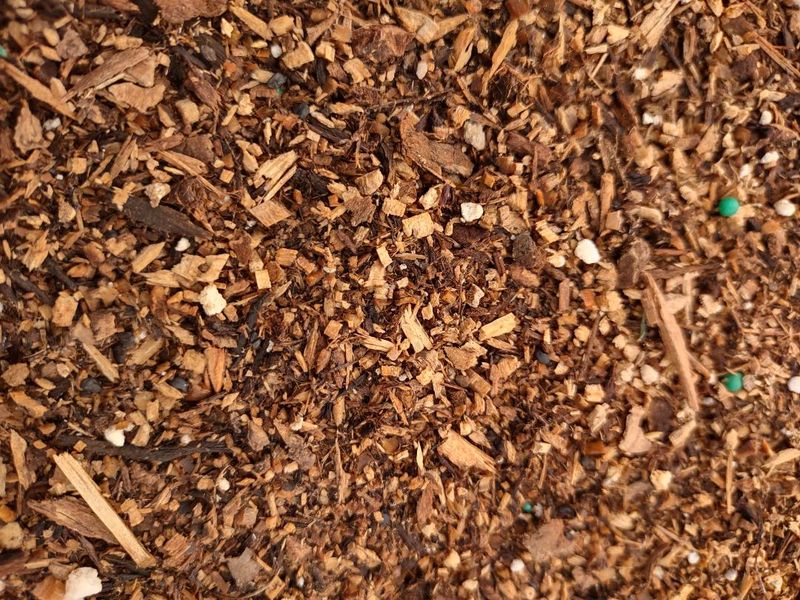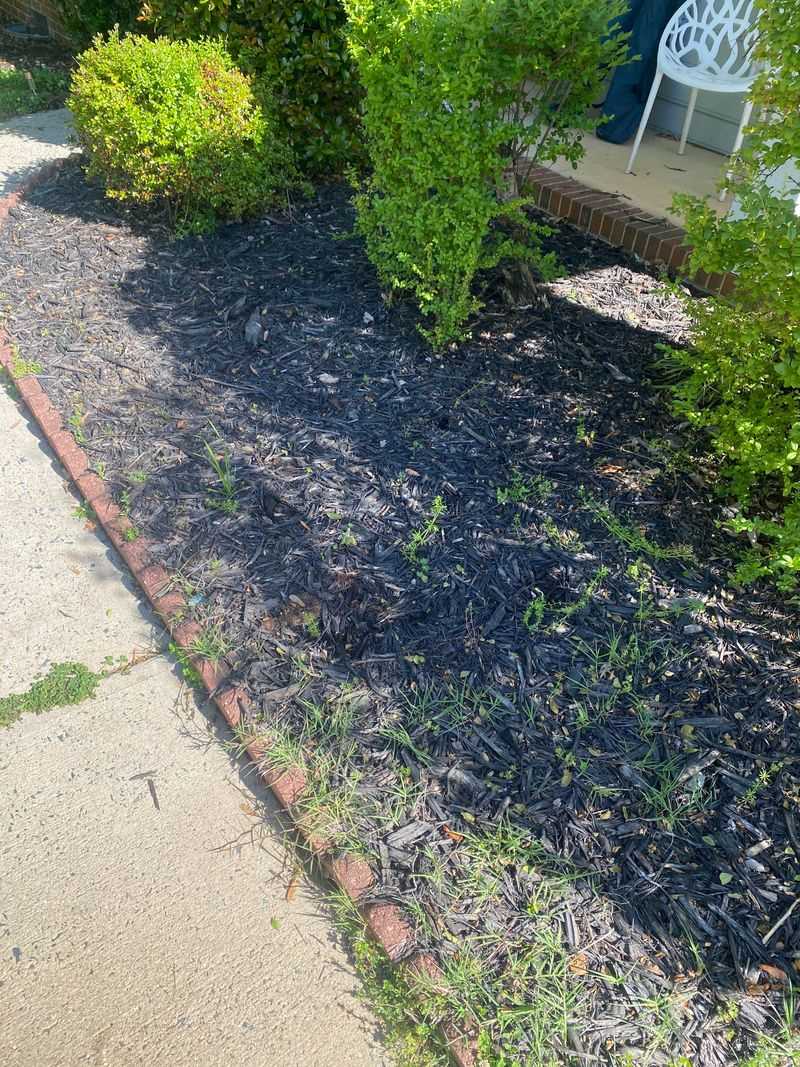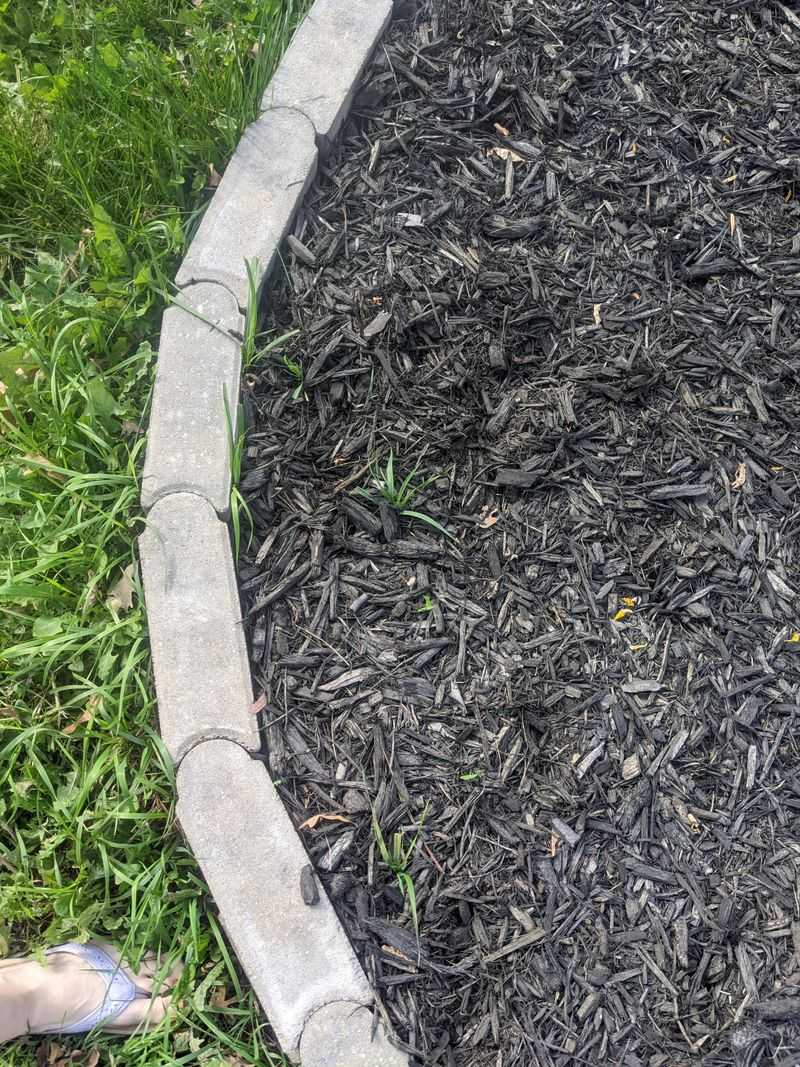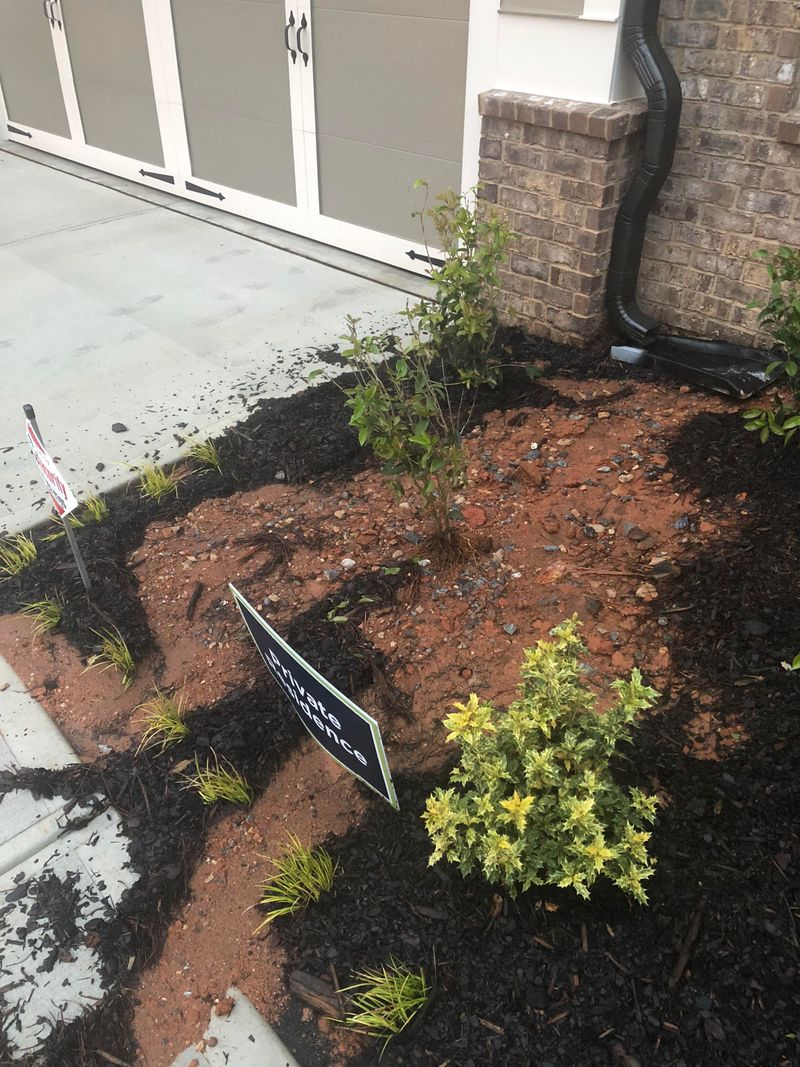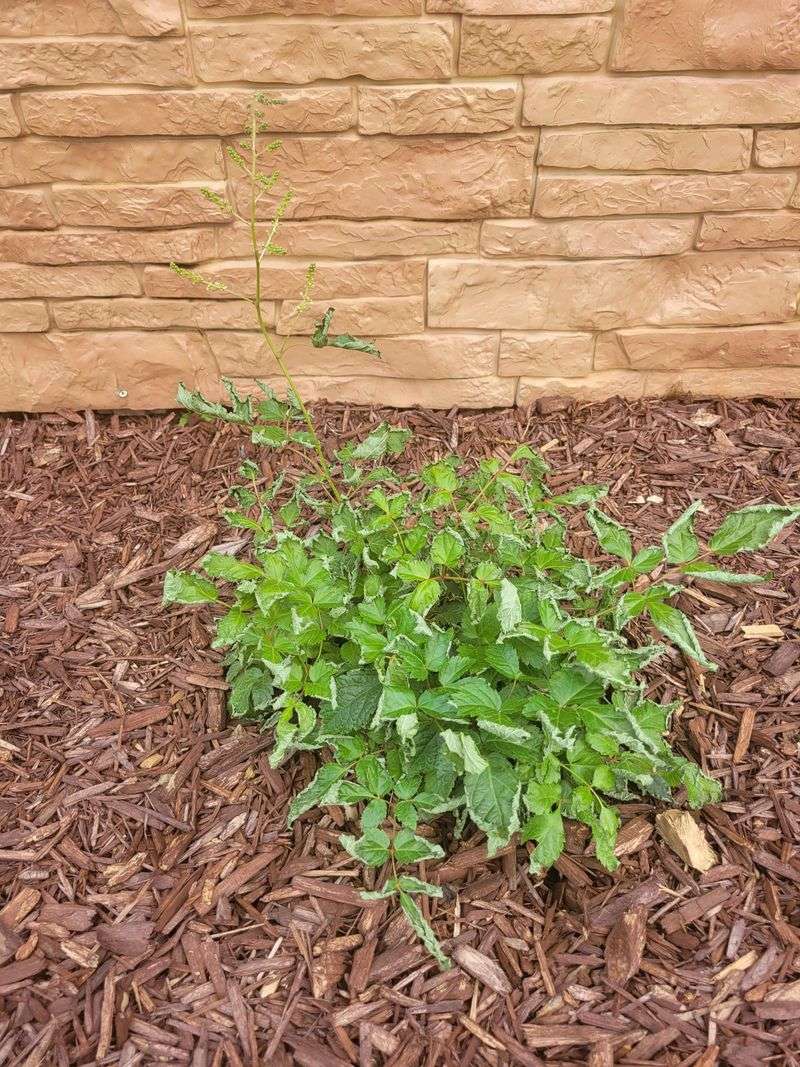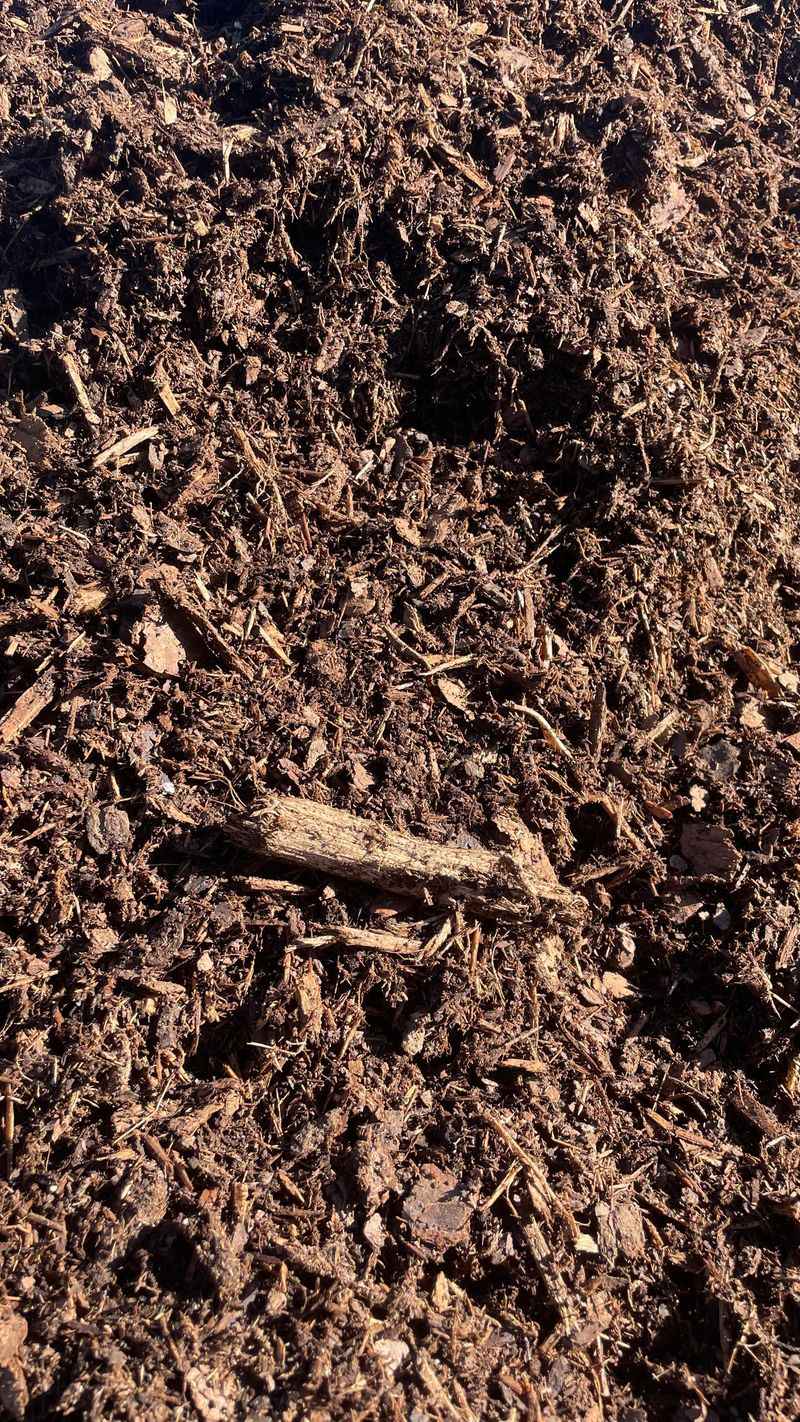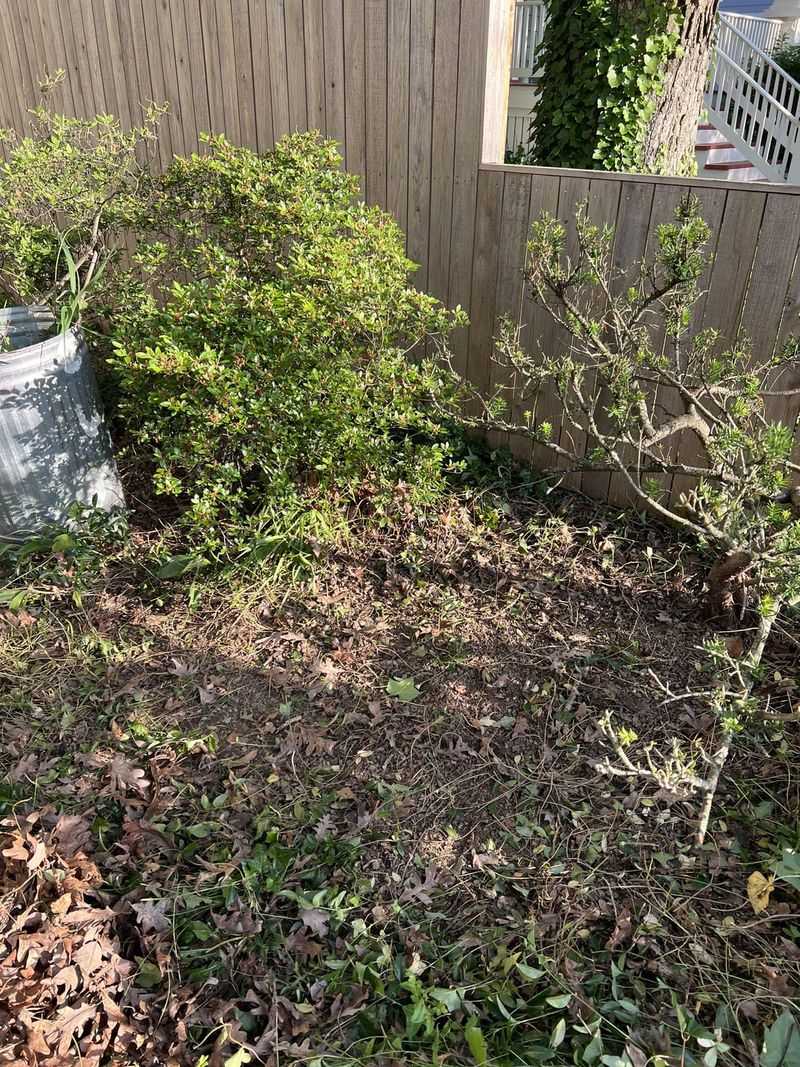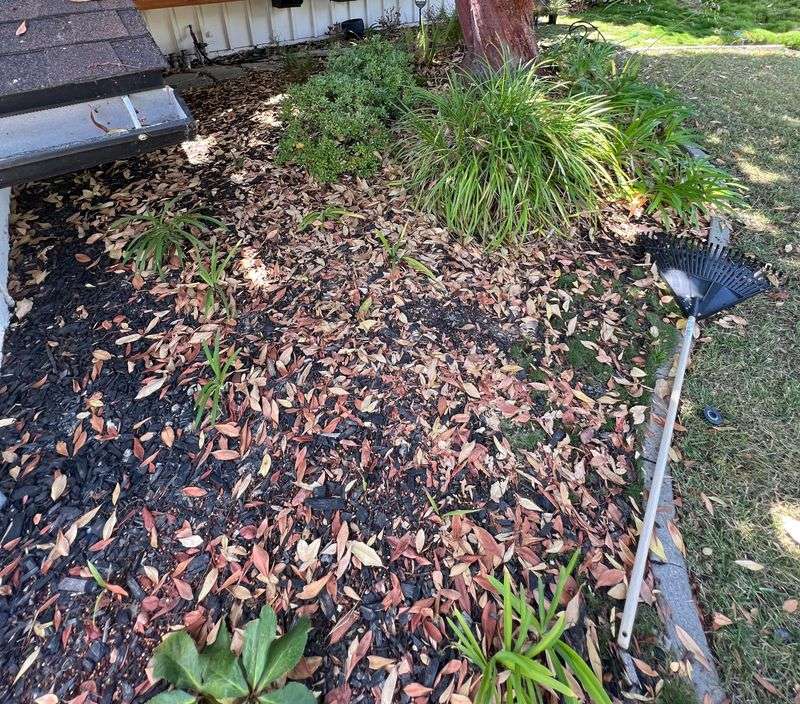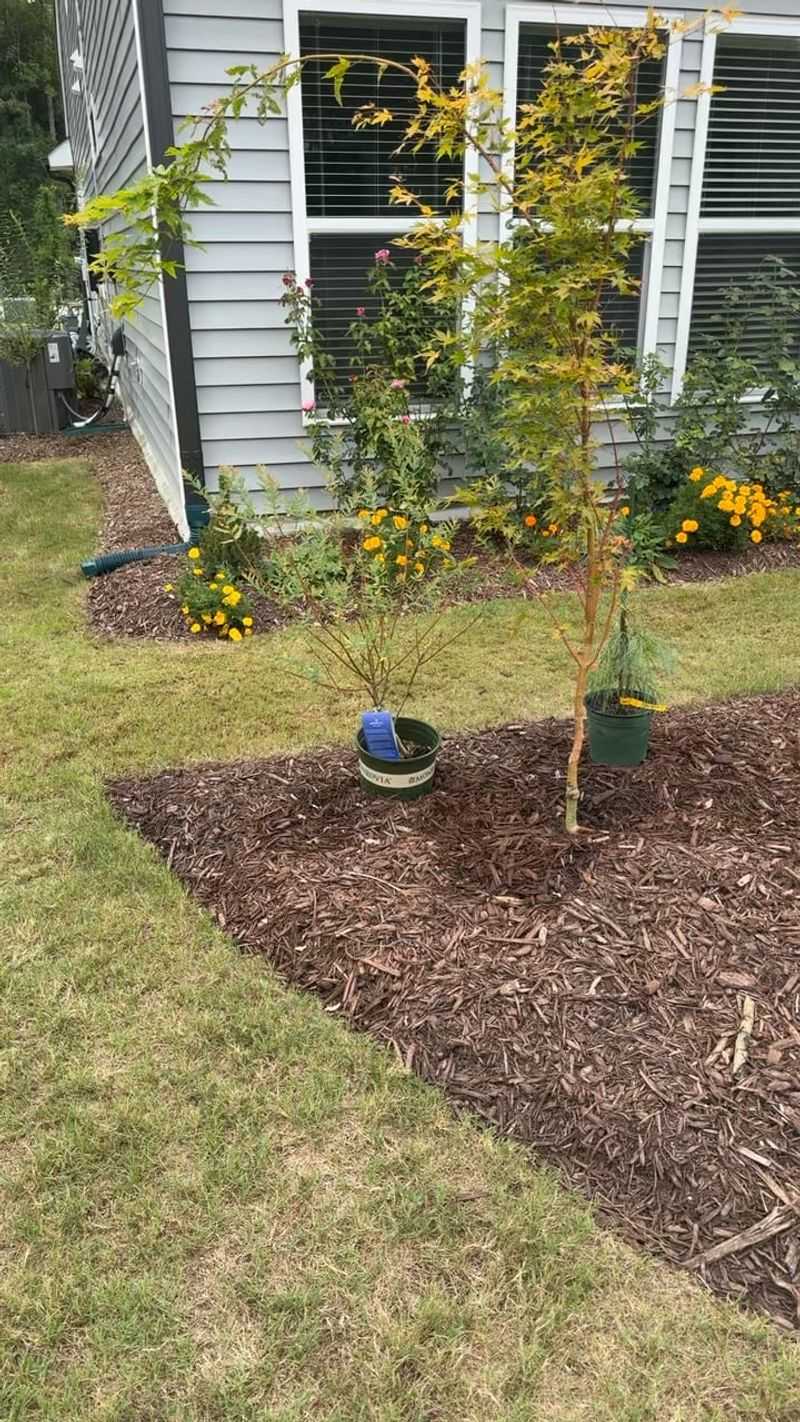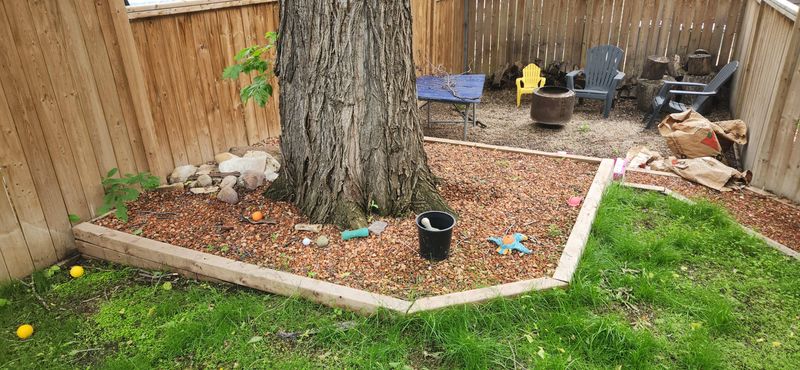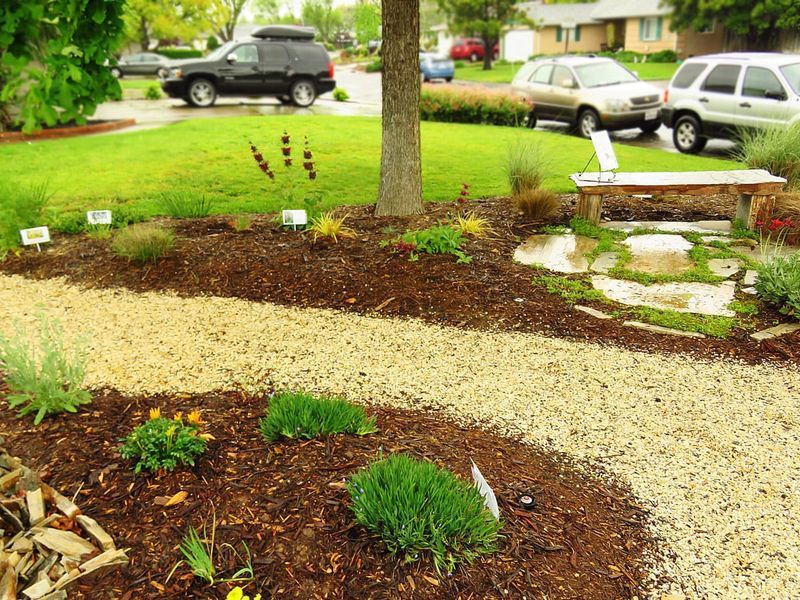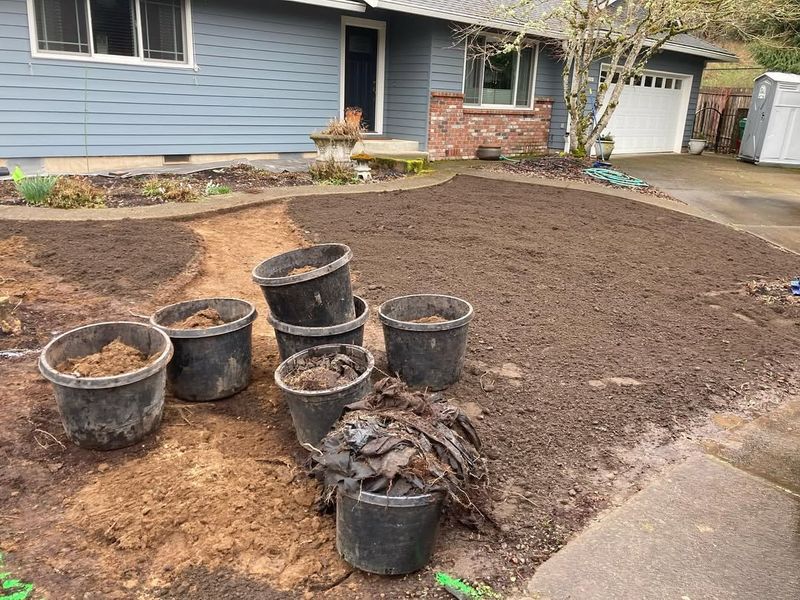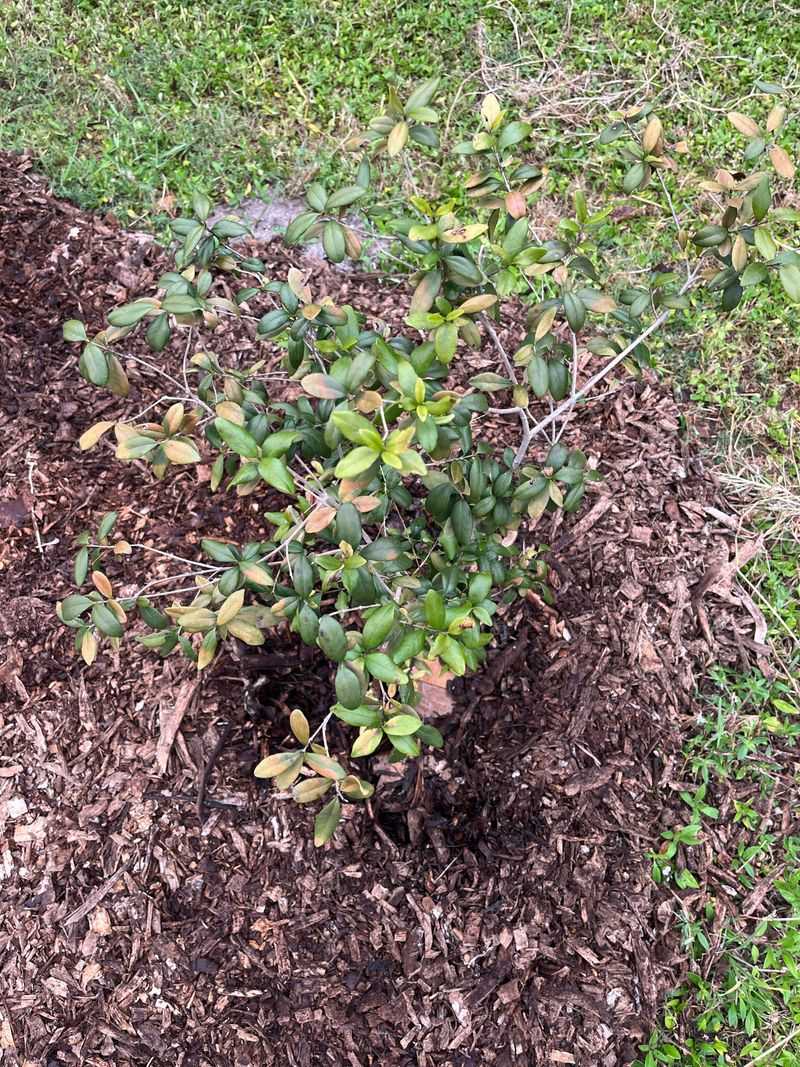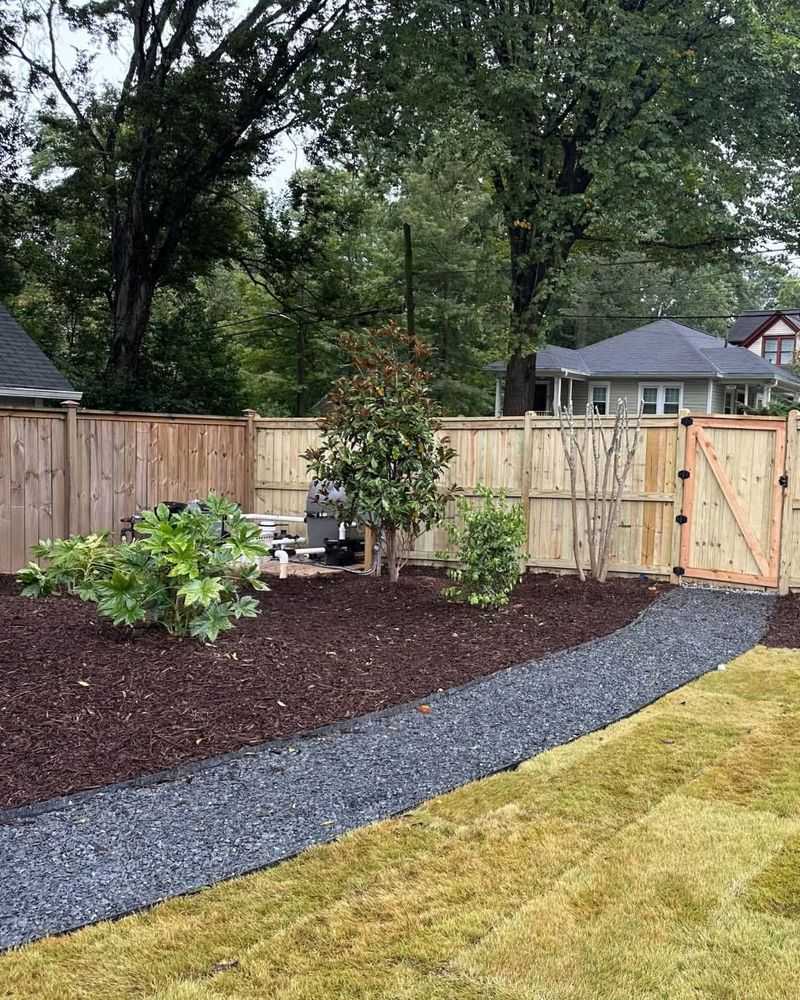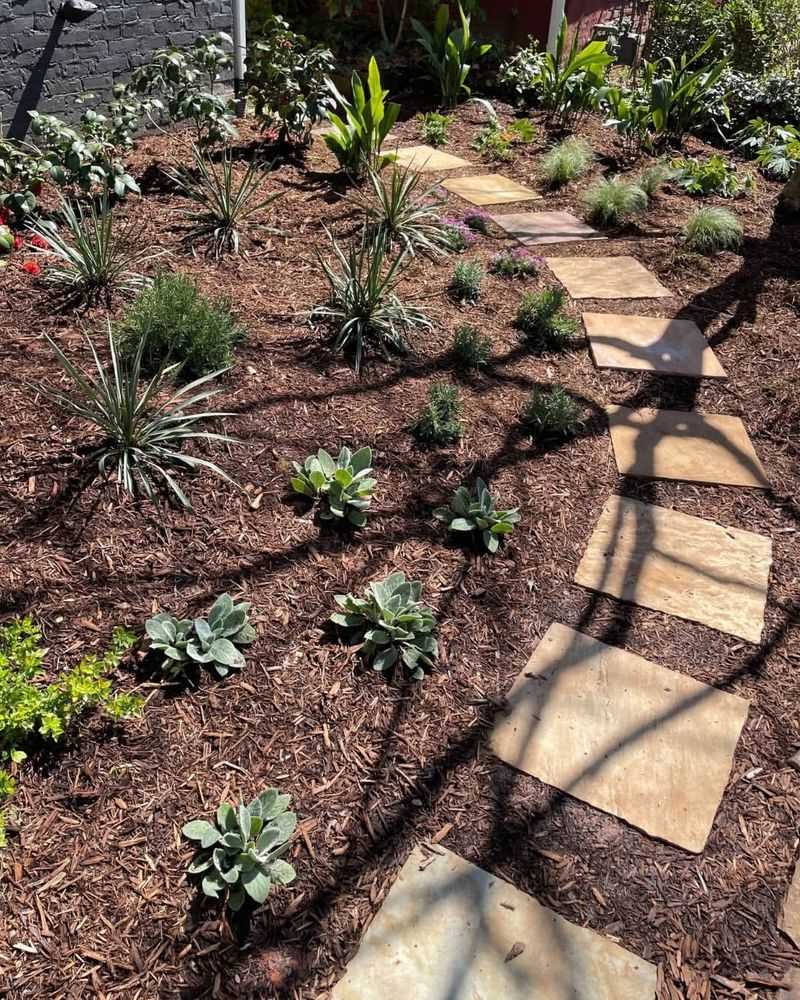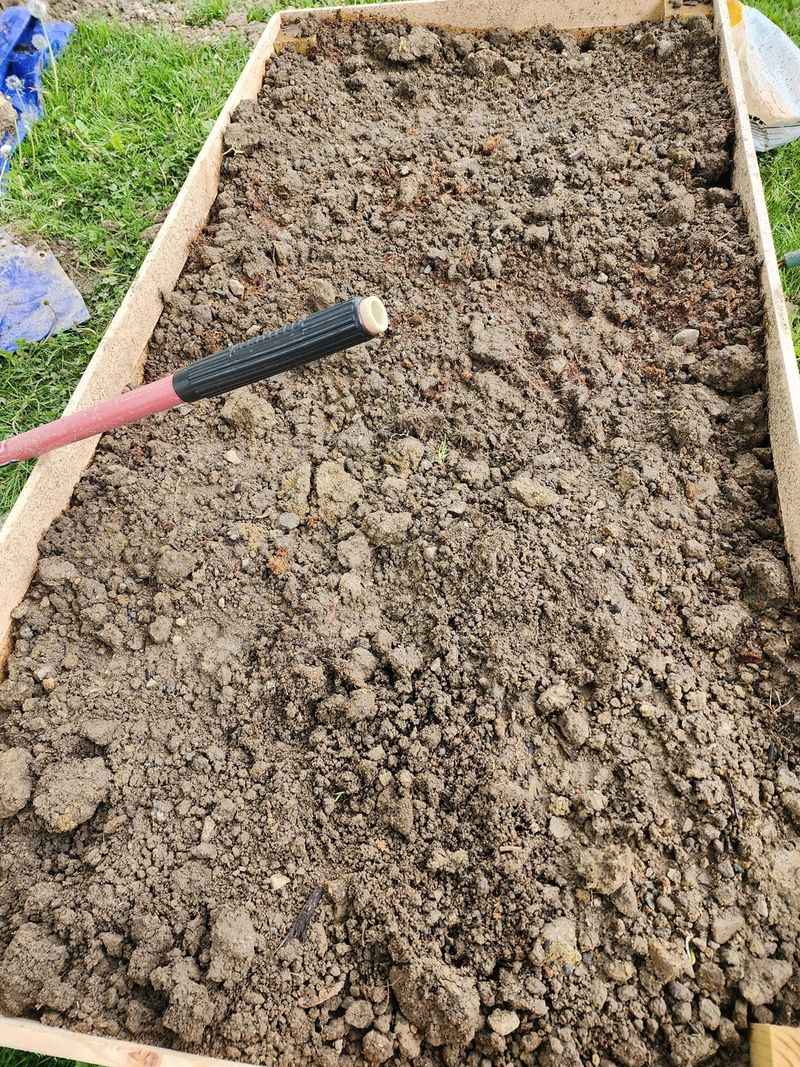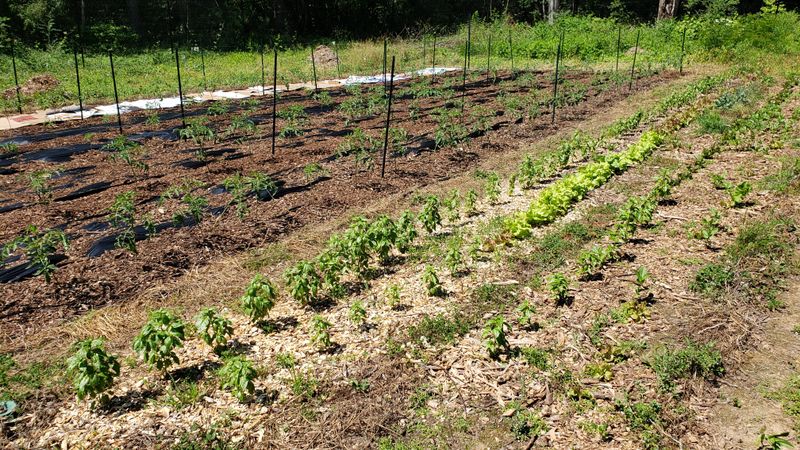Mulch can be a garden’s best friend or its worst enemy, depending on how it’s used. Too much, too little, or the wrong kind in the wrong place can cause more harm than good.
Ever wondered why plants are struggling despite all that careful mulching? Some common mistakes could be suffocating roots, inviting pests, or even causing rot without realizing it.
The good news? A few simple tweaks can turn things around and keep the garden thriving!
1. Using Too Much Mulch
Ever think more is better when it comes to mulch? Well, too much can actually suffocate your plants. When you pile it on too thick, it blocks air and water from reaching the soil.
Just a couple of inches is enough—think of it as giving your plants a cozy blanket, but not too heavy to stop them from breathing!
2. Choosing the Wrong Type of Mulch
Not all mulch is created equal, and picking the wrong one can do more harm than good. For example, using rubber mulch might look neat, but it doesn’t break down and can actually leach toxins into the soil.
Choose organic options like wood chips, straw, or leaves for your flowers and veggies, and you’ll keep your garden happy and healthy!
3. Not Replacing Mulch Regularly
Mulch isn’t a “set it and forget it” kind of deal. Over time, it breaks down and loses its ability to retain moisture or block weeds.
Keep your garden looking fresh by adding a new layer of mulch every year. It’s like giving your garden a spa day—refreshing and rejuvenating all at once!
4. Applying Mulch Too Early or Late
Timing is everything when it comes to mulch! Mulching too early in the spring can trap in cold air and delay plant growth.
On the other hand, mulching too late means missing out on the moisture-retention benefits during those hot summer months. Aim for when the soil is warm enough for growth but not yet too hot—your plants will thank you!
5. Over-mulching Around Tree Trunks
It’s tempting to create a mulch mountain around tree trunks, but that’s a big no-no! When you pile mulch directly against the trunk of your tree, it can create a damp environment that invites pests and diseases.
Instead, keep the mulch a few inches away from the trunk to allow airflow and help prevent rot—your tree will be so much happier!
6. Ignoring Mulch Moisture Retention
Ever notice how mulch can turn into a dry, crispy mess in the summer heat? That’s because it’s not doing its job if it isn’t keeping moisture in.
Make sure your mulch is spread evenly and check that it’s helping trap water in the soil—this is key for veggies like tomatoes and cucumbers that need consistent moisture!
7. Forgetting to Weed Before Mulching
You’ve got your mulch ready, but did you forget about those pesky weeds? If you mulch over them, you’re just hiding the problem instead of solving it.
Always weed your garden before mulching to stop them from sprouting up through your fresh layer. It’s like cleaning up before a big party—everything looks better that way!
8. Using Synthetic Mulch in Vegetable Gardens
Synthetic mulches like black plastic might look neat, but they’re not ideal for veggie gardens. These mulches don’t decompose, so they can’t improve your soil over time.
Try natural options like straw or shredded leaves instead, which will break down and feed the soil. Your veggies—like carrots and lettuce—will love the nutrient boost!
9. Ignoring Mulch’s Impact on Soil pH
Mulch isn’t just there for decoration; it can also change the pH of your soil! Certain types of mulch, like pine needles, can acidify the soil, which isn’t always what your plants need.
Be mindful of what you’re using around acid-loving plants like azaleas, and choose a mulch that works with your soil’s natural balance.
10. Not Shredding Mulch Properly
Shredded mulch might seem like extra work, but trust me—it’s worth it! When mulch is too large, it can mat down and prevent water from soaking through.
Shredded mulch breaks down more evenly, making it easier to manage and better for keeping moisture in. So, grab that shredder—it’ll pay off in the long run!
11. Using Fresh Mulch Around Plants
Fresh mulch might look nice at first, but it can be a bit too eager. It can pull nitrogen from the soil, leaving your plants a little hungry.
Instead, let your mulch sit for a few weeks or mix it with compost so your plants like roses and hydrangeas don’t miss out on their nutrients!
12. Mulching in Hot, Dry Weather
Mulching during a heatwave? Not the best move. Mulch can trap too much heat, especially if it’s too thick, and that can stress your plants out.
Wait for a cooler day to spread mulch, and it’ll help keep your garden cool and comfy when the temperatures rise. Your plants, like hydrangeas, will thank you!
13. Not Mixing Mulch with Organic Matter
Mulch alone isn’t always enough to keep your garden soil healthy. Mixing it with organic matter like compost or grass clippings can boost the health of the soil.
This way, it will feed your plants all year round, creating the perfect environment for perennials and veggies alike!
14. Applying Mulch Too Thick
Too much of a good thing? Well, it doesn’t apply to mulch! A thick layer might seem like a good idea, but it can prevent water from soaking in and air from reaching the soil.
Stick to about 2-3 inches of mulch—just the right amount to keep your garden thriving, without blocking out everything it needs to grow!
15. Using Mulch with Weed Seeds
Who wants more weeds to deal with? Using mulch with weed seeds mixed in is a shortcut to frustration.
Always choose a mulch that’s been properly treated or composted to ensure it won’t bring along unwanted guests. If you’re unsure, DIY mulching is always a safe bet—just make sure it’s clean and fresh!
16. Not Keeping Mulch Away from Plant Stems
Mulch is great, but when it’s piled up right against plant stems, it can create a humid environment perfect for rot. Make sure to leave a little breathing room around stems to keep them dry and healthy.
With this small fix, your plants, like roses or daisies, will have the best of both worlds—moisture and airflow!
17. Overwatering After Mulching
It’s easy to get carried away with watering, but mulching is meant to help hold moisture in! Overwatering after mulching can leave your garden soggy and, in some cases, lead to root rot.
Keep an eye on your garden’s moisture levels, and only water when needed—it’s all about balance!
18. Using Non-Biodegradable Mulch
Non-biodegradable mulch might look neat at first, but it doesn’t break down, and that can create problems down the line. It might look nice, but it won’t improve your soil or add any nutrients.
Stick with organic mulch that decomposes, giving back to the earth as it breaks down. Your soil will thank you!
19. Using Mulch on Invasive Plants
Got a garden full of invasive plants? Mulch might make them worse! Instead of helping, mulch can actually make it easier for these plants to spread.
Be careful where you mulch—avoid areas with invasive species, and opt for more selective mulching to keep your garden healthy and thriving!
20. Forgetting to Replenish Mulch in Fall
Mulch isn’t a one-and-done task—it needs regular care! Forgetting to replenish your mulch in fall means missing out on its protective benefits.
Refreshing your mulch before winter helps keep the soil insulated and prevents erosion. A little fall cleanup with a fresh layer of mulch will make a world of difference come spring!
21. Using Hardwood Mulch Around Acid-Loving Plants
Hardwood mulch might be a go-to for many, but it’s not ideal for acid-loving plants like blueberries and rhododendrons.
Hardwood can raise the pH of your soil, making it less suitable for those plants. Instead, choose pine bark or pine needles to keep that soil nice and acidic—perfect for those sensitive plants!
22. Applying Mulch Too Close to Roots
Don’t let your mulch smother the roots of your plants! Applying mulch too close to the root zone can lead to moisture buildup and rot.
Keep the mulch about 2-3 inches away from the base of your plants for proper airflow and healthy root growth. It’s a small change with big benefits!
23. Not Mulching Around Perennials
Perennials need a little extra care, and mulch is the secret to keeping them happy! By not mulching around them, you’re missing out on moisture retention and temperature regulation.
Give them a fresh layer of mulch to help keep their roots cool and protected, and watch them thrive year after year!
24. Using the Same Mulch Every Year
Mulch is not meant to be a permanent fixture—it breaks down over time and loses its effectiveness. Using the same mulch year after year can result in poor water retention and a lack of nutrients.
It’s like replacing the batteries in your garden—it’s a simple, but necessary task to keep things running smoothly!
25. Letting Mulch Stay Wet for Too Long
While mulch is great at keeping moisture in, leaving it too wet can cause problems like mold and fungal diseases.
Ensure that it drains properly and isn’t left soggy. If you notice it staying wet for too long, turn it or refresh it to keep things dry and healthy!
26. Mulching Over Diseased Plants
Mulching over diseased plants can trap pathogens and make the problem worse. If you have sick plants, remove them first before applying mulch.
This way, you’re not spreading the disease to healthy plants, and your garden will stay disease-free!
27. Forgetting to Aerate Soil Before Mulching
Mulch can be wonderful, but it’s best applied after a little soil prep. Aerating the soil before mulching allows air and water to reach the roots more effectively.
A quick aeration before mulching can help your plants thrive with the perfect balance of moisture and oxygen!
28. Using Mulch that Doesn’t Suit the Climate
Not every mulch is suited for every climate! In hot and dry areas, heavier mulches like straw can trap moisture, but they can also overheat in places with humidity.
Choose mulch that matches your climate—what works in one area may not work in another!
29. Mixing Mulch with Fertilizers Incorrectly
Mulch and fertilizer can be best friends, but only if you use them right! Mixing them incorrectly can lead to nutrient imbalances, stressing your plants.
Instead, apply mulch and fertilizer separately, and allow them to work in harmony. Your garden will love the balance!
30. Not Testing Soil Before Mulching
Before mulching, testing your soil is like checking the foundation before building a house. You need to know its pH and nutrient levels to select the right mulch for your garden.
Test the soil, and choose a mulch that supports its needs—your plants will grow stronger and healthier!

